Next stop as we headed south was New Bern, North Carolina. Coincidentally, I was there about 20 years ago as my company had an operation there and I was responsible HR wise. However, I didn't remember it well and since I was there for work, I didn't really have time to explore the city. But there were a few things we wanted to see so we made it a point to get there.
First stop was the New Bern Battlefield.
On March 13, 1862, 11,000 Union troops, along with 13 heavily-armed gunboats, landed at Slocum's Creek, now part of the Cherry Point Marine Corps Air Station. Their objective was to capture the town of New Bern because of its strategic position and the fact that the Atlantic and North Carolina railroad was located there. Union strategists hoped to use New Bern as a stepping off point to cutting off the main Confederate north-south railroad supply line at Goldsboro.
Awaiting the Union forces were about 4,500 inexperienced and ill-equipped Confederate troops commanded by General Laurence O'Bryan Branch, a politician with virtually no military experience.
The battle began at 7:30 a.m. on March 14th and raged for nearly six hours. The Battle of New Bern was the baptism of fire for the 26th North Carolina. Later, in July, 1863, the 26th lost 588 of 800 men at the battle of Gettysburg - sustaining the largest numerical losses of any unit, North or South, during the entire course of the war.
Estimated casualties for the Battle of New Bern was 1080 total. The battle proved to be a major victory for the Union and led to the ensuing occupation of New Bern for the remainder of the war.
The Visitor Center was not opened and it was a self-guided tour. There was an audio tour of the battlefield but we walked through the display without turning it on.
The park is in nearly pristine condition. Unmarked by development or agriculture, the "redans" or fighting positions remain as they were a century and a half ago.
We went downtown to see the Tryon Palace which was the official residence and principal workplace of the British governors of North Carolina from 1770 to 1775. You can read Governor Tryon's involvement at the Battle of Alamance
HERE. But once we arrived, we decided to take a picture and move on because we learned of something else interesting to see.
Tryon Palace
You might be wondering what could be more interesting than visiting a palace - how about the birthplace of Pepsi?
Bradham's Pharmacy
I prefer Diet Coke but it was fun to see where Pepsi was first invented.
Caleb Bradham dropped out of the University of Maryland School of Medicine in about 1890 due to his father's business going bankrupt. After returning to North Carolina, he was a public school teacher for about a year and soon opened the "Bradham Drug Company" that, like many other drug stores of the time, also housed a soda fountain. In 1893 he invented the recipe - a blend of kola nut extract, vanilla, and "rare oils" - for what was initially known as "Brad's Drink" but on August 28, 1898 was renamed Pepsi Cola.
The drink was named after a combination of the terms "pepsin" and "cola", as he believed that his drink aided digestion much like the pepsin enzyme does, even though it was not used as an ingredient. His assistant James Henry King was the first to taste the new drink.
The inside of the pharmacy is like a museum, retail store, and soda fountain all in one.
We bellied up to the bar and ordered an ice cold Diet Pepsi.
The fountain where the drinks are dispensed is, of course, Pepsi themed.
The next morning we headed out early so we could visit the cemetery (why do we like cemeteries so much?) where Caleb Bradham is buried.
Cedar Grove Cemetery, New Bern, North Carolina
While we knew about where he was located, we were having trouble finding him as we were expecting a monument noting his burial site. I finally turned on the GPS from findagrave.com and we found him.
What? The inventor of Pepsi Cola and all he has is a dead grass covered stone? Ron was really upset by this - couldn't someone have put up some sort of monument for him - and quickly took his shoe and brushed away the grass.
I guess the pepsi cap and the broken bottle is the memorial. Sigh.
The cemetery, which was owned by Christ Episcopal Church until 1853 when it was transferred to the town of New Bern, was beautiful and we enjoyed our walk through the grounds.
Confederate Memorial
Five years after the reconstruction era ended, the City of New Bern passed an ordinance that blacks and whites could not be buried in the same cemeteries owned by the City. Cedar Grove Cemetery, founded in 1800, was the original burial place for the city's black residents. But in 1882, Greenwood Cemetery was founded as a burial place for the city's black residents. By 1913, Cedar Grove reported a shortage of space and City Aldermen recommended and the General Assembly approved all the remains belonging to people of color be exhumed and re-interred at Greenwood Cemetery. The exact number of individuals moved was not reported, but 12 headstones were moved from Cedar Grove to Greenwood along with the remains. There was nice plaque describing this and highlighted those individuals and families whose remains were removed and re-interred.
What a great surprise our visit to New Bern was!

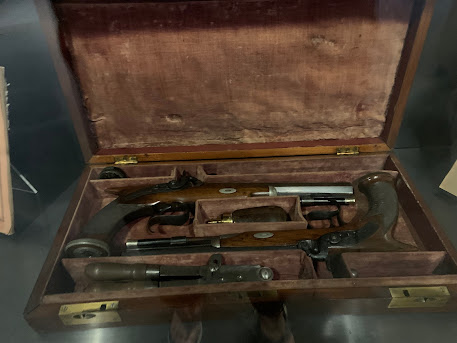



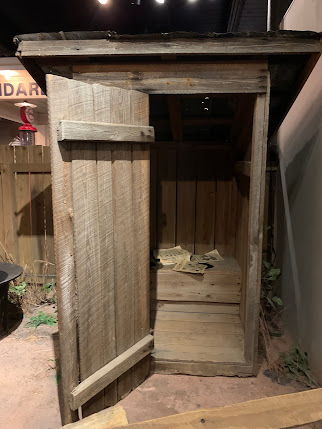


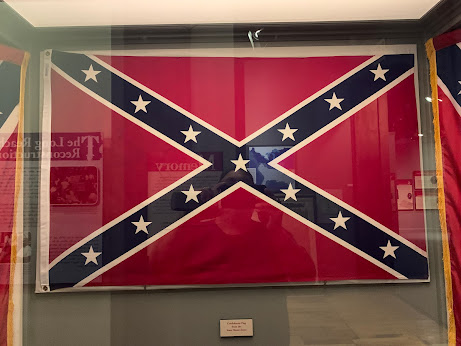

















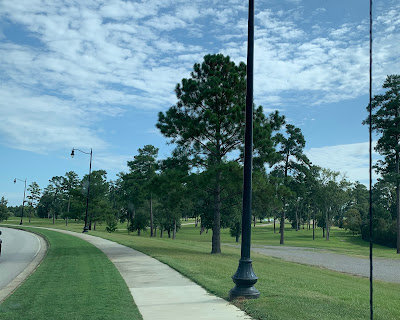





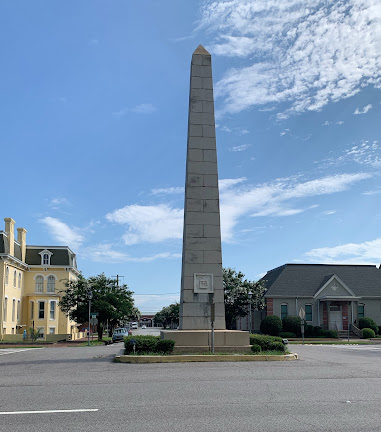



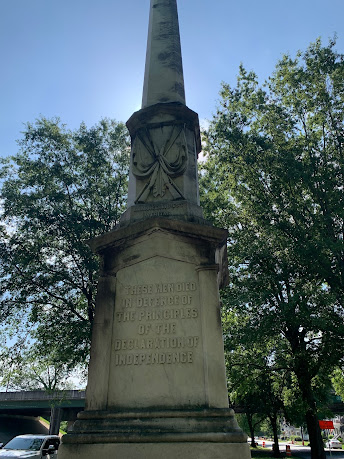
















.jpg)




